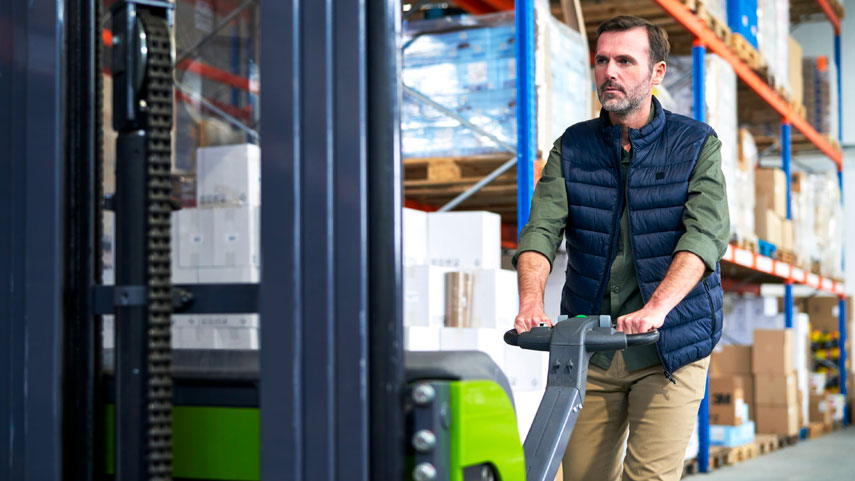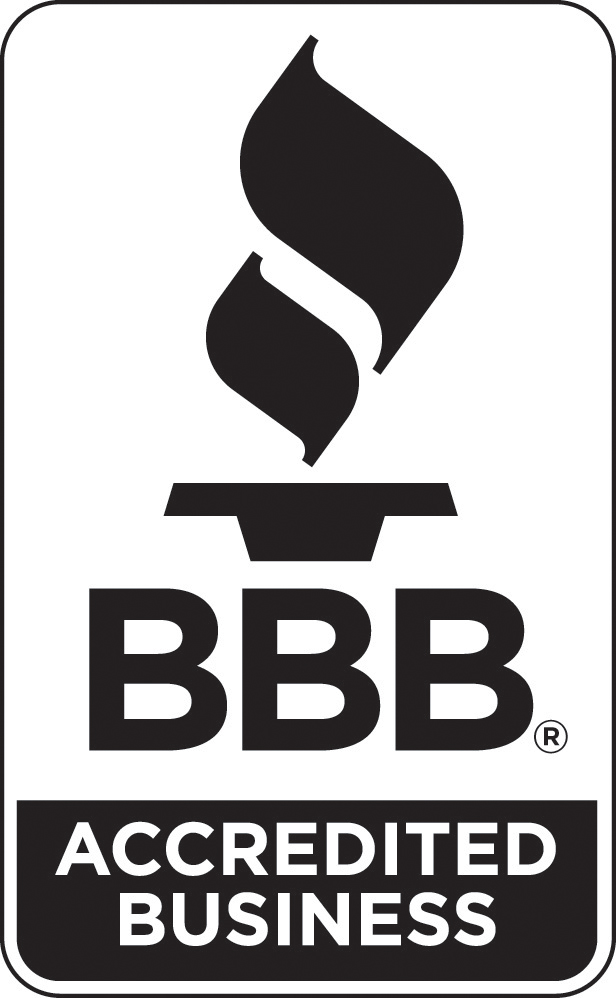How to Track Freight Shipments

When companies began logging shipments’ check-in and -out times during sorting, warehousing, and delivery, the enhanced visibility improved carrier accountability and drastically reduced the amount of lost packages. As a shipper, the ability to transparently track a shipment is critical. Not only does knowing your shipment’s whereabouts minimize worry about on-time delivery, it enables you to proactively support your customers and run your entire operation more smoothly.
Benefits of freight shipment tracking.
When you effectively track a shipment, both you and your customers benefit. Transparent tracking not only informs the receiver customers when a shipment is en route and has been delivered, but it also allows them to monitor the freight at each stop and see important details like the estimated delivery date and any changes to this date.Giving the receiver the ability to electronically track a shipment and access these relevant details on their own:
- reduces their anxiety by confidently knowing a shipment’s whereabouts at all times
- establishes trust due to increased transparency
- decreases your customer service demands by minimizing calls for tracking updates
Additionally, tracking numbers help you more easily locate a package that was lost, delivered to the wrong address, or improperly sorted. Since they are scanned at several waypoints, tracking numbers allow the carrier to see where a shipment was most recently scanned – helping to determine where things went wrong.
What you need to track a shipment.
As technology has evolved, the capabilities for – and accuracy of – freight tracking has greatly improved. Now, all you need to track a shipment is a phone or computer and an identification number – often in the form of a bill of lading (BOL), PRO tracking, or alternative reference number.
Bill of lading (BOL).
A bill of lading is a receipt for the goods being moved that contains details about the shipment, including:
- dates and measurements
- item description and declared value
- shipper and receiver names and complete addresses
- specific handling instructions, if required
Because the BOL is a critical document that you should readily have available, using the BOL number is often the easiest way to track a shipment.
Progressive (PRO) number.
Your next best option is to use a PRO number, which is similar to a UPS tracking number. Generated by the carrier for identification, the 7-10 digit PRO number is listed everywhere – from each pallet to every piece of paperwork. While it’s common for a shipment to have multiple PRO numbers, carriers will assign one overarching PRO number that refers to the shipment as a whole.Often, the PRO tracking number follows a four-letter Standard Carrier Alpha Code (SCAC) assigned by the National Motor Freight Traffic Association to distinguish carriers apart – forming a barcode. This barcode is then placed in easily visible and scannable locations on the freight pallets.
Alternative reference numbers.
If you don’t have your BOL or PRO tracking number, most major carriers can track your shipment using another identifying piece of information, such as a:
- Shipment Number: usually given after the first request for a freight shipment
- Shipment Reference Number: decided by the carrier to refer to the shipper’s business – often in the form of the company name, purchase order number, BOL number, or customer number
- Purchase Order (PO) Number: a main reference number that encompasses all communications and paperwork for that freight purchase
Technology to help track a shipment.
You may have no problem tracking your freight on your own, particularly if you’re a small business with minimal shipping needs. But if you routinely ship in bulk, alleviate the headache of tracking hundreds of shipments at once by implementing technology.
Transportation management system (TMS).
A TMS is a freight logistics platform that helps you efficiently ship goods by optimizing tracking, cutting operating costs, and streamlining your entire shipping process.Your TMS helps you efficiently track a shipment by providing updates on where your freight is, which stage of the shipping process it’s in, its expected delivery date, and more. Common TMS tracking updates include:
- dispatched for pick-up: the carrier confirmed your request and will arrive for pick up that day
- in transit: your goods are on the way to the carrier’s freight terminal
- out for delivery: a delivery truck picked up your shipment from the carrier’s freight terminal and is on the way to the drop-off location
- no carrier response: the carrier is too busy to fulfill your shipping request or their API has not received the request
- refusal by consignee: can happen when freight is damaged or special machines are needed to move it
In the event of a delay, not only does your TMS notify you, but it can even create optimal routes that avoid such delays.As it gathers data over time, your TMS can offer vital information for improving your efficiency – such as how to minimize waits and transfers and reduce damage rates.
EDI & API.
An (Electronic Data Interchange) EDI is a virtual folder containing key shipment information, such as the Bill of Lading, purchase order, invoice, and more. While revolutionary when it was created in the ’60s, as technology has improved, this one-way electronic sending of information has been surpassed in popularity by Application Programming Interface (API).API utilizes cloud system computing to enable shippers and carriers to correspond with one another in real-time. It can be used to:
- track a shipment by sharing tracking numbers
- send carriers for pick-up requests & alert both parties of pick-up
- share documents & shipment status updates
- and more
Flock Freight tracking.
Gain enhanced visibility over your shipments with Flock – while cutting costs by accessing untapped capacity with our FlockDirect® offering.Using cutting-edge A.I., our patented tech smartly combines your freight with other shippers’ goods headed the same direction. Then efficiently moves it all together on an optimal, terminal-free route. So you cut costs with truckload-quality service that delivers faster and with less damage than traditional LTL – all while reducing your CO2e emissions by up to 40%.And unlike traditional LTL shipping, when you ship FlockDirect®, you get easy oversight and in-depth details right from our platform. Flock Freight tracking not only offers you enhanced capabilities, but it also streamlines your workflow by enabling you to:
- track all active shipments at a glance with a single view of key updates for all current orders, such as ETA to delivery, on-time indicator, and current location
- see detailed tracking updates for specific loads, including a map view to visually track freight in transit, step-by-step updates, and more
- easily share tracking updates with the receiver and other third parties right from the Flock platform
Effortlessly track & save with Flock.
With transparent tracking, not only do you know exactly when your shipment is en route, you can monitor it at each stop and see important details like the estimated delivery date and changes to this date – minimizing worry while enabling you to run your entire operation more smoothly. And when you work with Flock, better shipping – and tracking – is nearly effortless:
- Cut costs by up to 20% by instantly booking our dynamic rates wherever you like to work – via native TMS integration, API or EDI connection, or a third party logistics (3PL).
- Move goods fast and 99.8% damage-free when our powerful tech finds and fills a trucks’ empty space with your freight, then sends on a direct, terminal-free route.
- Ship confidently by always knowing your shipments’ whereabouts with easy, detailed tracking right in the Flock platform.
Request a demo today.



.jpg)

